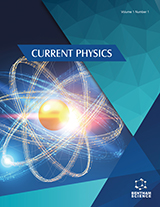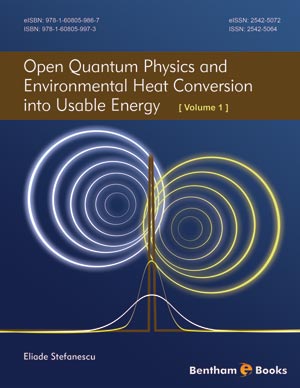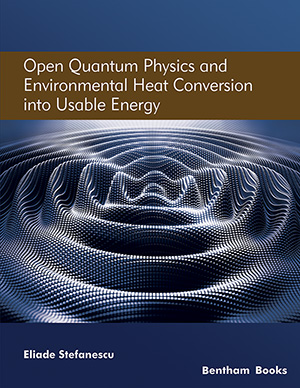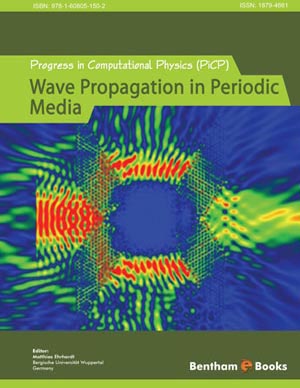Abstract
‘Aequat causa effectum’ (the cause is equal to the effect) is an old metaphysical rule, which seems, however, to be violated for the single trajectories in spherically symmetric force fields, as the Kepler orbits are not spherically symmetric. The reason for the latter is the lower symmetry of the initial conditions. The rule is reestablished, if appropriate sets of trajectories (i.e, sets of initial conditions) are considered. The corresponding hodographs are also explored. The fact, that the Kepler orbits are plane, is derived by means of logical and symmetry arguments, without using angular momentum conservation. Spherically symmetric sets of Bohr orbitals are constructed by means of a sum rule for the spherically harmonic functions (Unsöld’s theorem). This results in a less known similarity between classical and quantum mechanical systems. Metaphysical rules do not solve concrete physical problems, but encourage to explore them more profoundly.
Keywords: Aequat causa effectum, Hodograph, Initial conditions, Kepler orbits, Metaphysics, Spherically symmetric force fields, Unsöld’s theorem.













